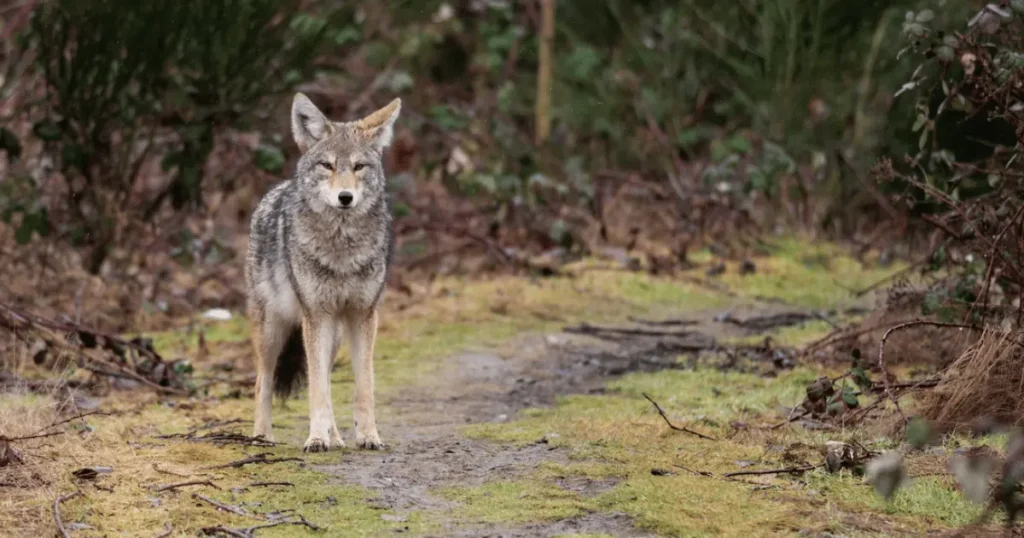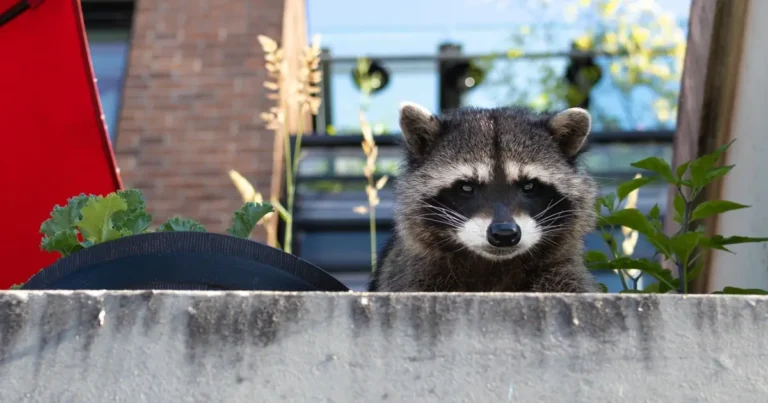
Photo by Harry Collins / Getty Images
A coyote who bit a Port Coquitlam child last month was consuming peanuts and dog food prior to being killed by RCMP officers.
The incident between the coyote and child took place on May 10, 2023, in Port Coquitlam’s Lions Park. As part of a necropsy, stomach contents were examined:

“The coyote’s stomach contents included anthropogenetic (non-natural) food sources, including peanuts and dog food,” reads the response to an inquiry filed by The Fur-Bearers from the BC Conservation Officer Service (Ministry of Environment and Climate Change Strategy). This information supports the need for increased education and enforcement related to wildlife feeding.
Directly or indirectly feeding wildlife teaches them that people provide food; this is a form of positive reinforcement, like how we teach dogs to come when called, or sit. When the association between behaviour (approaching people or getting near them) and reward (food) is established, animals may take greater risks to get their expected reward.
Additionally, food may be left by a person for one species (squirrels or raccoons, for example), but it will attract all species in the ecosystem, from rodents like mice and rats, up to those who see rodents as food sources, like foxes and coyotes.
Feeding wildlife frequently leads to suffering for wildlife. If you want to get closer to nature, or support animals in your ecosystem, here’s a few ways to do so without feeding:
- Plant native! Sowing native plants, including groundcovers, flowers, shrubs, and trees, can create not only stable, ecologically appropriate food sources for wildlife, but habitat for many species, and support for pollinators. Contact your local naturalists club or library to find out what plant species are appropriate for your area.
- Support wildlife rehabilitators! Frequently run by charitable donations or volunteers, wildlife rehabilitators are often on the front line of support local animals who are injured, ill, or orphaned. Look up your local wildlife rehabilitator and find out how you can support their efforts.
- Invest in lenses, binoculars, or trail cameras! You can see a whole world of local wildlife from afar, particularly with modern technology. Check out our Eye on Wildlife blog series for examples!
